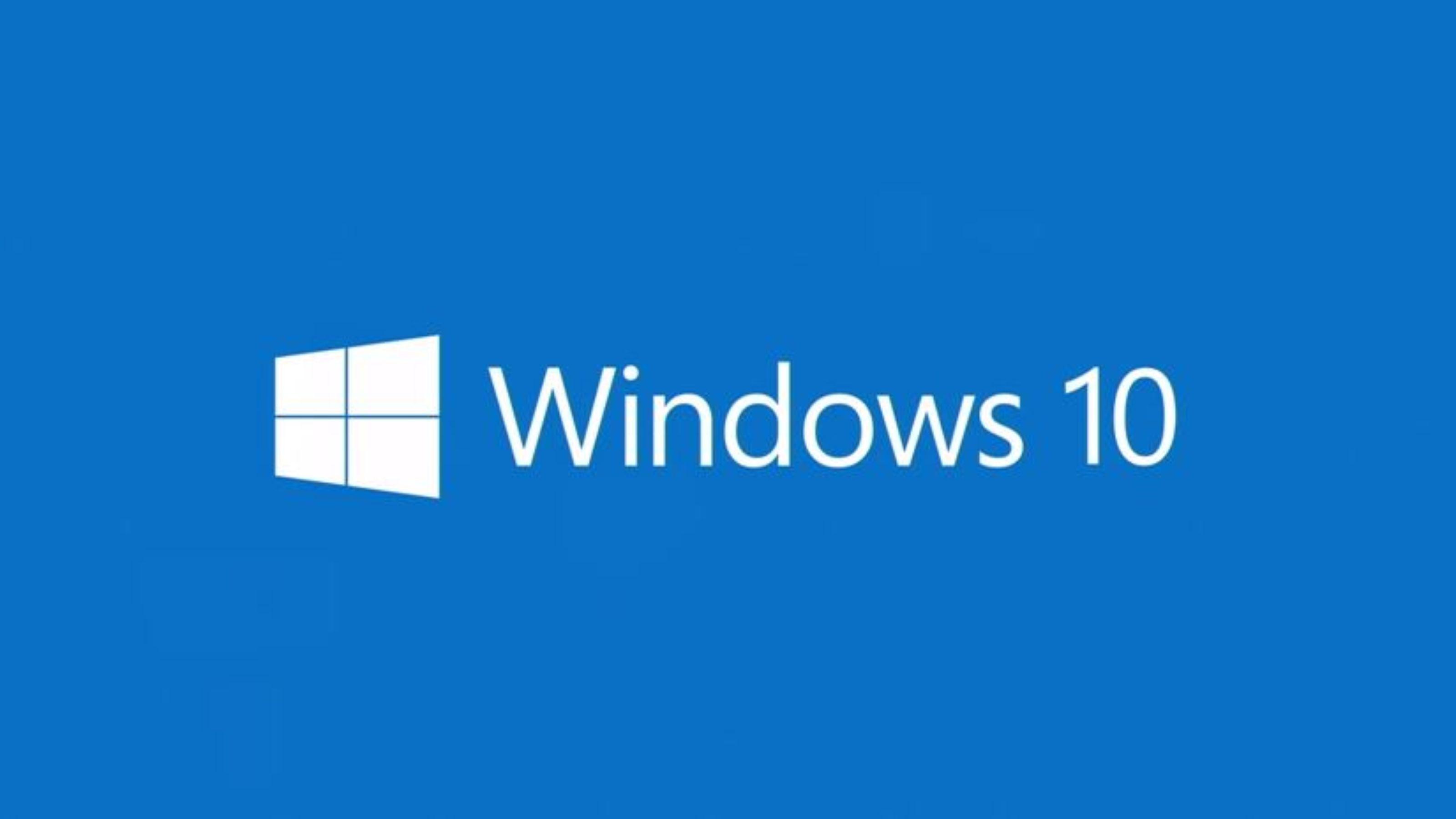Windows 10 - Time is ticking

Windows 10 End of Life: Why it’s Time to Embrace Windows 11
After nearly a decade of reliable service, Microsoft will officially end support for Windows 10 on 14th October 2025. For many individuals and organisations, this marks a significant turning point—and raises an important question: What next?
If you’re still running Windows 10, now is the time to start planning your transition to Windows 11. Here’s why this matters, and what you need to know...
What Does “End of Life” Mean?
When Microsoft announces the end of life (EOL) for an operating system, it means that they will no longer provide:
-
Security updates and patches
-
Technical support
-
Bug fixes or feature enhancements
While your Windows 10 device won’t suddenly stop working on 15th October 2025, it will become increasingly vulnerable to security threats, software compatibility issues, and performance problems over time.
Why Staying on Windows 10 Is a Risk
-
Security Risks – Without updates, Windows 10 becomes a target for cybercriminals exploiting known vulnerabilities.
-
Compliance Concerns – Many industries require supported software for data protection and compliance standards (e.g. GDPR, ISO).
-
Decreasing Software Support – New software and updates will gradually stop supporting Windows 10, limiting your productivity and compatibility.
Why Upgrade to Windows 11?
Windows 11 isn’t just a facelift—it’s a modern, secure, and powerful operating system designed for the way we work today. Some of you are likely using it already. Here’s what it offers:
✅ Enhanced Security
Built with Zero Trust architecture, Windows 11 includes features like hardware-based isolation, encryption, and secure boot by default. It’s a big step forward for protecting your data and devices.
✅ Improved Performance and Productivity
With faster wake times, better memory management, and smarter multitasking features like Snap Layouts and Virtual Desktops, Windows 11 helps users work more efficiently.
✅ Better Hybrid Work Support
Windows 11 is optimised for the new world of hybrid work—with better Microsoft Teams integration, seamless cloud support, and improved touch, pen, and voice inputs.
✅ Long-Term Support
Upgrading now means you’ll be on a platform that’s actively supported for the long haul—ensuring your devices stay secure, compliant, and high-performing.
What Should You Do Now?
-
Audit Your Devices – Check which machines are compatible with Windows 11. Microsoft offers a PC Health Check Tool to help with this.
-
Plan Your Upgrade Path – Decide whether to upgrade existing hardware or invest in new Windows 11-ready devices.
-
Engage with Prime Networks – If you're unsure where to start, an IT provider (like us) can help you assess your needs, plan migrations, and ensure a smooth transition.
Final Thoughts
The end of Windows 10 may feel like the end of an era. It's certainly served us well. However, as one door closes, another opens and it’s also the beginning of a more secure, flexible, and productive future.
Moving to Windows 11 is not just about staying up to date—it’s about staying protected, efficient, and ready for what’s next.
Need Help Making the Switch?
Get in touch with Prime Networks – your local IT support team. Whether you need help auditing your systems, upgrading your devices, or migrating to Windows 11 with minimal disruption, we’re here to support you every step of the way.
✉️Email: info@prime-networks.co.uk
☎️Call us: 020 7443 5618
Let’s get your business ready for the future—securely, smoothly, and confidently.